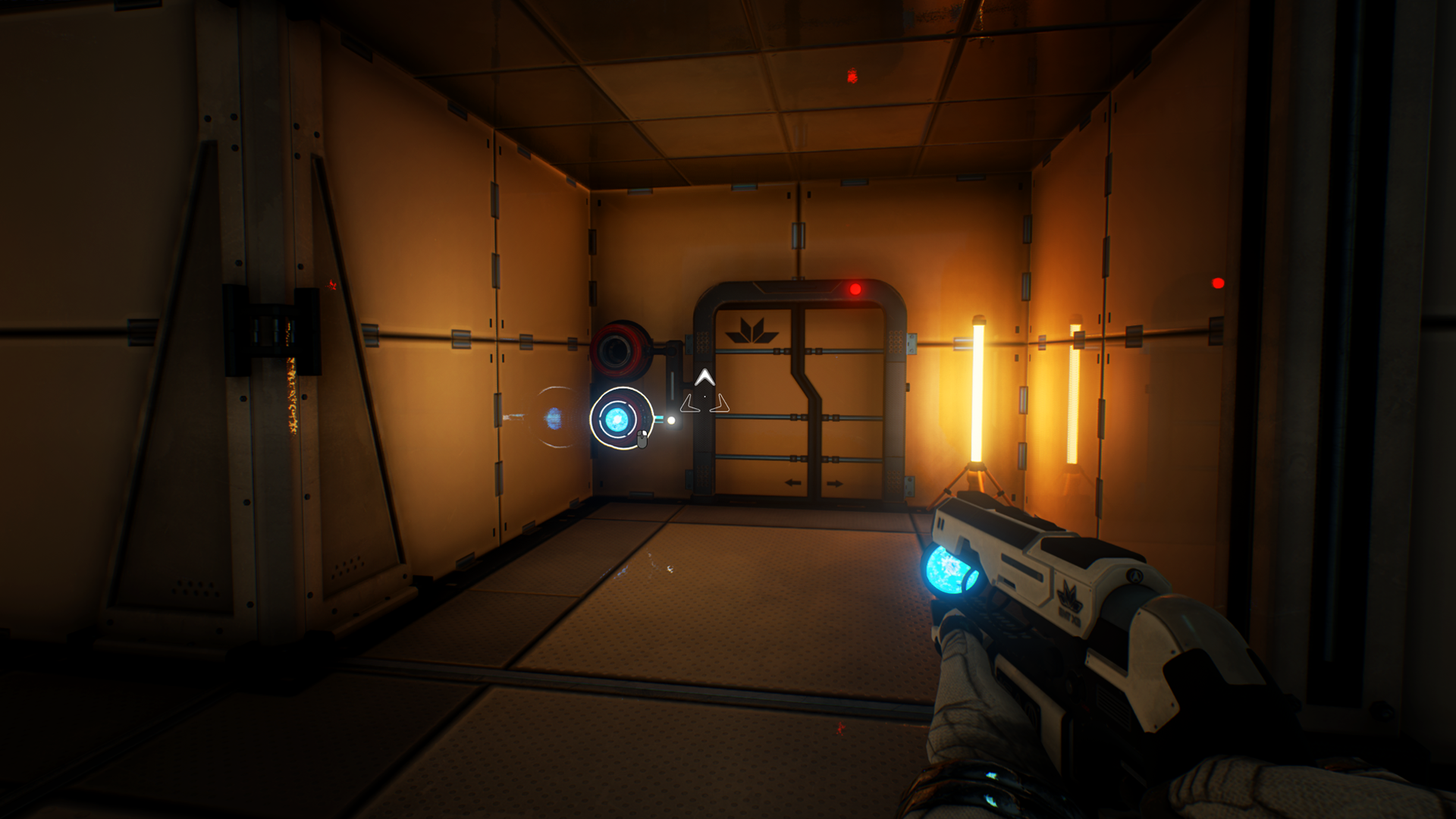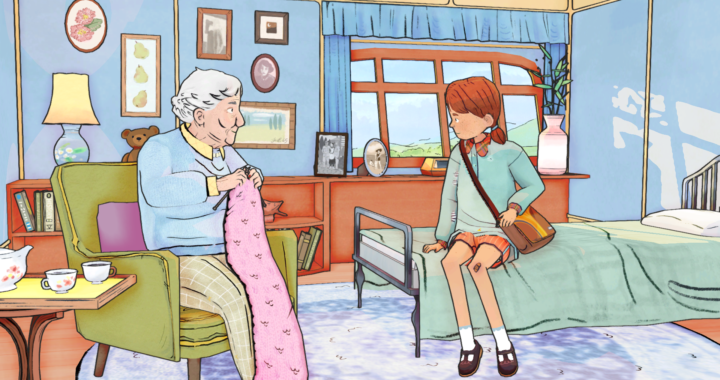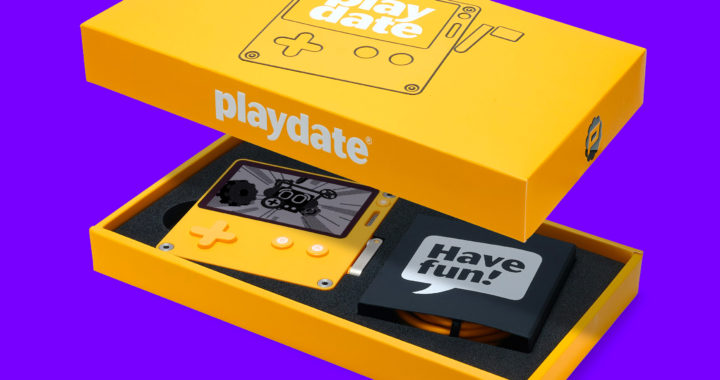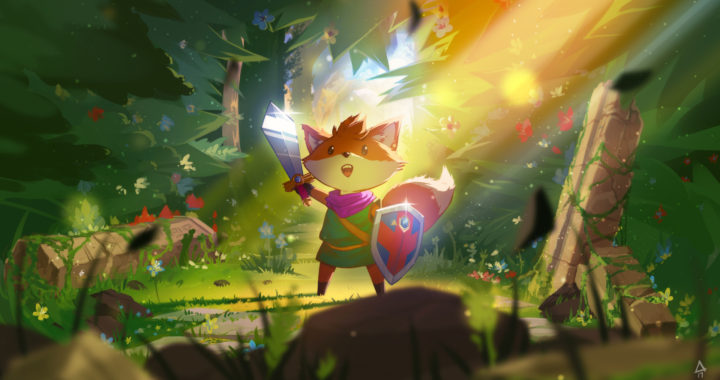
Review: The Turing Test (Switch Port)
What separates man from machine has been a question asked by sci-fi writers almost as long as the genre has been around. Popular films like Blade Runner have played with the concept with astounding success and Bulkhead Interactive’s The Turing Test attempts to answer the question in a much more direct, in your face way–but with mixed results.
Set on Jupiter’s moon, Europa, The Turing Test follows Ava Turing who is awakened from cryo sleep by the moon base’s AI system T.O.M. According to T.O.M, the ground crew is trapped and Ava must solve a series of puzzles to rescue them. T.O.M is not able to solve these puzzles himself, as he is not human and does not possess the ability to think creatively. This is the catalyst that allows The Turing Test to explain various philosophical ideas such as the Chinese Room and the Trolley Problem throughout the game with unabashed restraint. While these concepts are interesting , they are presented without an ounce of subtlety and instead are mostly explained by T.O.M as you solve the game’s puzzles and unravel the mystery of the space station.

It’s difficult to discuss much of The Turing Test’s story without spoiling the few twists and turns it does have, but even these moments are nothing new for the genre, to the point where they are arguably overused and predictable. The way the puzzle format ties into the narrative of exploring a locked down space station does lend believability to Ava’s mission, but the player learns so little about Ava or the other crew members that there is no urgency to see the mission through. Instead of an interesting narrative driving players, the momentum is carried on the back of how short and easy the puzzles are.
The Turning Test’s puzzle mechanics are simple on their face: use your energy gun and energy blocks around the room to activate switches, doors, and machinery in order to reach the exit and head into the next room in a very Portal-esque manner. As the game progresses, new elements are introduced such as pressure switches, new kinds of energy orbs that power objects differently, and the ability to control machines in the various rooms.

These new introductions keep the game interesting, if only for a couple of rooms as you inevitably discover all the possible uses and mechanics for them. The mechanics are never addressed outright and there is no tutorial for using new tools, which actually helps encourage players to experiment and discover what each one does without holding the player’s hand.
Despite these changes, the main puzzles never get very challenging and it wasn’t until the 30th or so puzzle that I found myself thinking “wow this is a clever design”. Each puzzle takes around five minutes to solve, meaning it was over two hours before a puzzle wowed me and made me stop to really think about how I was going to approach it. I’m no puzzle game expert, so playing through one with relative ease may frustrate fans of the genre.
Part of this problem is the scale of the rooms, with most of the areas being incredibly small and simply have what you need in order to solve their puzzle. Unlike a game like Portal, which features large scale environments and the almost limitless tool that is physics, The Turing Test is straightforward and cuts any fat on the puzzles in a way that ends up being detrimental to the experience. Instead of being encouraged to explore and try unique solutions, players are offered a small handful of locations to place the energy appliances and so most rooms can simply become a case of just swapping items around until you find your way out.
While the main story is easy, the game isn’t completely without its challenges. The aptly named Challenge Rooms are more difficult than the average level, but unfortunately solving them offers no reward. The rooms are entirely optional, and after knocking out the first few I simply skipped them because there’s no justification for spending my time on them outside of bragging rights.
The Turing Test is a simple and short experience that may scratch that puzzle itch for you on the Nintendo Switch, but don’t go into it expecting more than a few hours worth of gametime. The gameplay is simple, and rather than being geared towards puzzle game veterans should be targeting people with little to no puzzle experience. With no replayability options, players will be off Europa before they know it and with a story that isn’t engaging or creative, it’s unlikely that they will return once they finish it.
This game was reviewed on Nintendo Switch with a code provided by the developer.






